ECTS:
6
Περίγραμμα Μαθήματος

e-Class
Το μάθημα εισάγει τον φοιτητή στον χώρο της αξιολόγησης κινδύνων με χρήση ποιοτικών και ποσοτικών μεθόδων.
Μέσα από μεθοδική ανάπτυξη των βασικών εννοιών αναφορικά με τον προσδιορισμό και την αξιολόγησης του επιχειρηματικού ρίσκου, την επικινδυνότητας στην υλοποίηση αποφάσεων και σχεδίων ανάπτυξης και τη διαχείριση των κινδύνων στη λειτουργία της επιχείρησης. Στόχος είναι η παρουσίαση των κυριότερων μεθοδολογικών προσεγγίσεων για τον προσδιορισμό του ρίσκου και την αξιολόγηση των κινδύνων στη βάση των επιπτώσεων, καθώς και οι τεχνικές διαχείρισης του κινδύνου. Ειδική μέριμνα δίνεται στην ανάπτυξη του εννοιολογικού υποβάθρου στο αντικείμενο του στρατηγικού σχεδιασμού, των τακτικών αποφάσεων και στις τεχνικές αποτίμησης και διαχείρισης του ρίσκου στη λειτουργία μιας επιχειρηματικής μονάδας. Μέσα από παραδείγματα από τη διεθνή βιβλιογραφία και τη διοίκηση επιχειρήσεων παρουσιάζονται καλές πρακτικές, για τη διασφάλιση των επενδυτικών, αναπτυξιακών και κοινωνικών στόχων.
Στο μάθημα γίνεται παρουσίαση τόσο των κυριότερων ποσοτικών μεθόδων για την αξιολόγηση κινδύνων με χρήση μαθηματικών και γραφικών απεικονίσεων καθώς και χρήση εργαλείων στατιστικής ανάλυσης για την ανάπτυξη απλών υποδειγμάτων στις επιχειρήσεων και τη διαχείριση οικονομικών και παραγωγικών μονάδων. Επίσης, γίνεται παρουσίαση ποιοτικών μεθόδων αξιολόγησης των κινδύνων με χρήση μεθοδολογικών προσεγγίσεων και γραφικών απεικονίσεων γίνεται ανάπτυξη απλών υποδειγμάτων στις επιχειρήσεων και τη διαχείριση οικονομικών και παραγωγικών μονάδων.
Καθηγητές
Επιλέξτε για να δείτε περισσότερες πληροφορίες για κάθε καθηγητή.
| Όνομα | Τίτλος | |
|---|---|---|
| Δημητρίου Δημήτριος | Πρόεδρος Τμήματος, Καθηγητής | ddimitri@econ.duth.gr |

